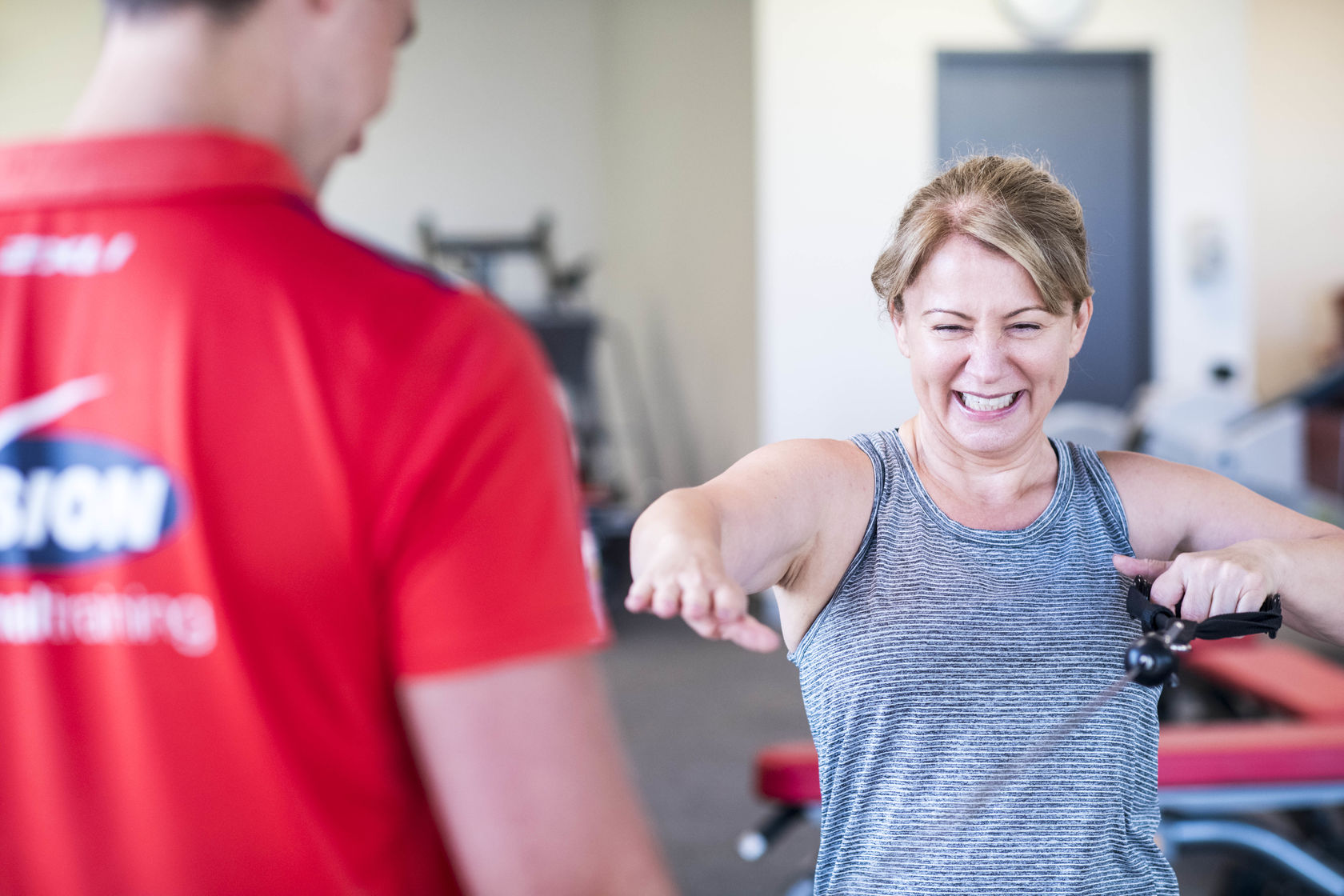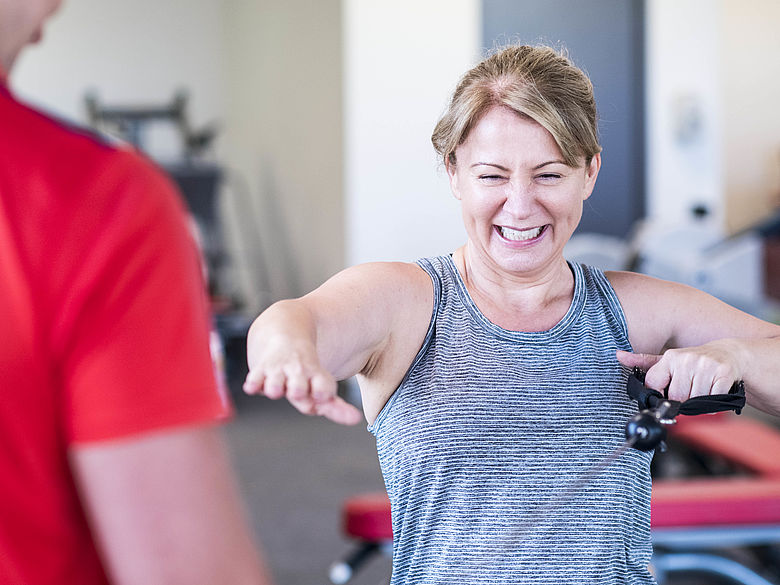How do you know if it's a pain you should train through or one you should rest?
Although some people who exercise these days are getting better at 'listening to their bodies' when it comes to training. One thing most struggle with is the fine line between a 'niggle and an injury'.
The nature of training means that people will often feel fatigued and sore during certain periods, particularly if they are training for an event. Overloading our musculoskeletal system and allowing it to recover is how we make gains and get stronger. The fine line gets crossed when we don't allow adequate recovery and keep training leading to injury. Individual thresholds for how much training load your body can handle before injury will depend upon your athletic history (how long you have been consistently training for), your biomechanics and your genetic make-up. The longer you have been training at a consistent level the better your musculoskeletal system will have adapted to tolerating a higher training load, the better your movement mechanics are the more efficient you will move and you will have a corresponding reduced risk of injury. It is also true that if you inherited good connective tissue and bone genes from your parents you will have a lower risk of injury. Unfortunately, we can't do much about who our parents are but we can control the other factors to a certain extent.
As a general rule:
- If its general muscle soreness from a change in training program or exercise then have a couple of days easy training or rest
- If it's a new niggle that you haven't felt before get it checked out- you don't want to miss anything nasty
- If it's an old niggle that you have been able to self manage in the past with guidance from your Physio then you are OK to continue to train e.g. recurring shin splints that you have been able to settle in the past with icing, stretching and massage and relative rest.
- If you continue to train and it's not improving or getting worse then see your Physio
Training in one particular discipline can often mean that we do a lot of repetitive motions that can lead to injury. Having a well structured training plan that allows for adequate recovery between your hard sessions is essential, as is having a structured season allowing for some down time to recover and work on things in the off season like core strength and flexibility to help with injury prevention. Managing your training load on a weekly, monthly and yearly cycle will reduce your risk of injury. Having strategies in place to maintain flexibility and reduce muscle tension post training can be of benefit. Stretch bands, foam rollers and trigger balls are great devices you should be making use of.
Having an assessment with your Physio will help identify any flexibility issues, strength weaknesses or movement and control problems that may increase your risk of injury.
Being injured means that you can't train, race or compete and all your hard work in training can be quickly lost. While you need to push to get gains you also need to recover. We don't get stronger or fitter from the training we do, but rather how we recover from the training. Having a day or two off to get niggles treated or modifying your training program may result in a missed session or two but it will keep you training and competing in the medium and longer term.
If your concerned you may have a niggle that is becoming an injury then talk to your trainer or the team and Square One Phyiso.
*Disclaimer: Individual results vary based on agreed goals. Click here for details.

